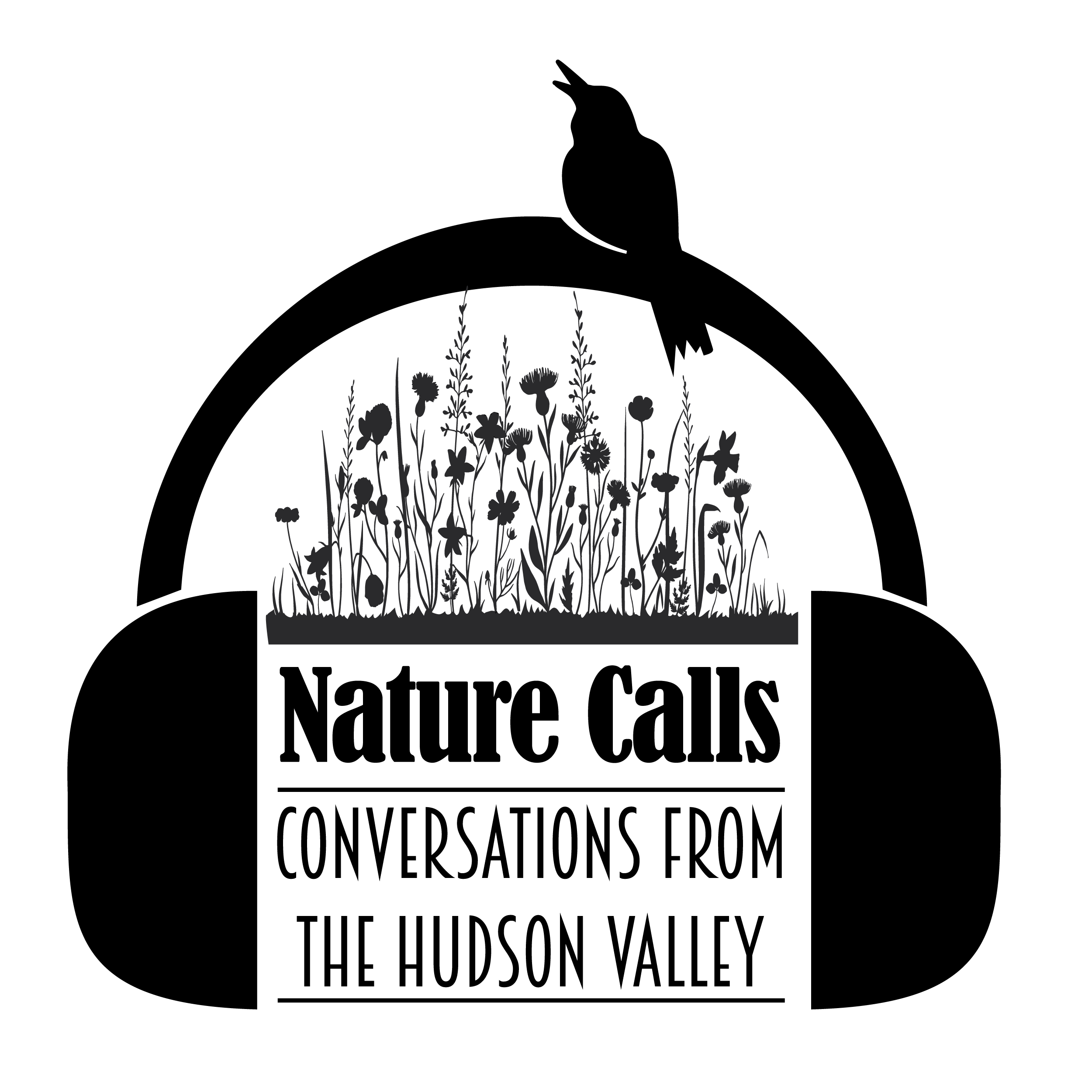Listen "Episode 196: Pollinator Retrospective"
Episode Synopsis
Jean and Teresa interview fellow Master Gardener Volunteer Tim Kennelty about pollinators. Tim is also a Master Naturalist with Cornell Cooperative Extension, and has served as a board member for the Columbia Land Conservancy.The conversation starts with the definition of a pollinator. Tim explains that a creature that goes from flower to flower to feed will get pollen stuck to itself. The creature then carries the pollen to the next flower and “delivers” it in exchange for the nectar. This is an arrangement that has developed over millennia to benefit both the flower and the creature. While most pollinators are insects, there are birds and bats that serve as pollinators, too. The insects are most commonly of the bees/wasp groups, butterflies/moths groups, and beetles. The Xerxes Society is a valuable resource to learn more about native pollinators and plants.
The discussion then moves to why we should care. It all boils down to the food chain. Insects are at the bottom of the food chain, and many rely on plants for life. Their symbiotic relationship helps both to thrive and serve as food for others further up the chain. This is so basic as a foundation for our existence that any disturbance in the connection will ripple upward, affecting the entire food chain. Risks included are mostly man made. Habitat disturbance leaves gaps between the links, and climate change disrupts the balance of timing between plant and insect (or animal) synchrony. Flowers blooming at the”wrong” time or migrators arriving too late for the usual diet can result in disaster for whole populations. Indeed, the statistics are alarming. Forty per cent of all insects are in steep decline, resulting in decreased populations all along the interconnected chain of life forms, ultimately in extinction for many. Specifically, Tim mentions bees which are mostly “designed” for pollination.
Honey bees must be considered separately because they are actually treated and considered as livestock. Interestingly they are not native but are handled by beekeepers, and are essential for much commercial fruit production. Sadly, they, too, are at risk from climate and pollution caused threats.
Native bees are a fascinating study. There are about four hundred species in North America, with several hundred living in New York State. Ninety percent are solitary, which may be contrary to popular expectations due to our familiarity with honey bees. Most are dedicated pollinators that have co-evolved with particular flowers. Also unlike honeybees, most can't sting. Those that can, will only do under great threat of their own death.
The “cousins” to bees, the wasps, yellow jackets and hornets, are more often communal. They build nests attached to structures or shrubs, or in the ground. These guys are far more aggressive, and will not hesitate to sting, so beware if you spot any of their habitats, like paper nests or overly active holes in the ground. They're so fierce they even have a meat eating stage. But, to circle back to the topic at hand, they are also very active pollinators.
Hosts: Teresa Golden and Jean Thomas
Guest: Tim Kennelty
Photo: Teresa Golden
Production Assistance: Linda Aydlett, Deven Connelly, Teresa Golden, Jean Thomas, Xandra Powers
Resources
The discussion then moves to why we should care. It all boils down to the food chain. Insects are at the bottom of the food chain, and many rely on plants for life. Their symbiotic relationship helps both to thrive and serve as food for others further up the chain. This is so basic as a foundation for our existence that any disturbance in the connection will ripple upward, affecting the entire food chain. Risks included are mostly man made. Habitat disturbance leaves gaps between the links, and climate change disrupts the balance of timing between plant and insect (or animal) synchrony. Flowers blooming at the”wrong” time or migrators arriving too late for the usual diet can result in disaster for whole populations. Indeed, the statistics are alarming. Forty per cent of all insects are in steep decline, resulting in decreased populations all along the interconnected chain of life forms, ultimately in extinction for many. Specifically, Tim mentions bees which are mostly “designed” for pollination.
Honey bees must be considered separately because they are actually treated and considered as livestock. Interestingly they are not native but are handled by beekeepers, and are essential for much commercial fruit production. Sadly, they, too, are at risk from climate and pollution caused threats.
Native bees are a fascinating study. There are about four hundred species in North America, with several hundred living in New York State. Ninety percent are solitary, which may be contrary to popular expectations due to our familiarity with honey bees. Most are dedicated pollinators that have co-evolved with particular flowers. Also unlike honeybees, most can't sting. Those that can, will only do under great threat of their own death.
The “cousins” to bees, the wasps, yellow jackets and hornets, are more often communal. They build nests attached to structures or shrubs, or in the ground. These guys are far more aggressive, and will not hesitate to sting, so beware if you spot any of their habitats, like paper nests or overly active holes in the ground. They're so fierce they even have a meat eating stage. But, to circle back to the topic at hand, they are also very active pollinators.
Hosts: Teresa Golden and Jean Thomas
Guest: Tim Kennelty
Photo: Teresa Golden
Production Assistance: Linda Aydlett, Deven Connelly, Teresa Golden, Jean Thomas, Xandra Powers
Resources
More episodes of the podcast Nature Calls: Conversations from the Hudson Valley
Episode 197: Birding Retrospective
30/10/2025
Episode 195: Foraging Retrospective
16/10/2025
Episode 194: Wildflower Retrospective
10/10/2025
 ZARZA We are Zarza, the prestigious firm behind major projects in information technology.
ZARZA We are Zarza, the prestigious firm behind major projects in information technology.
